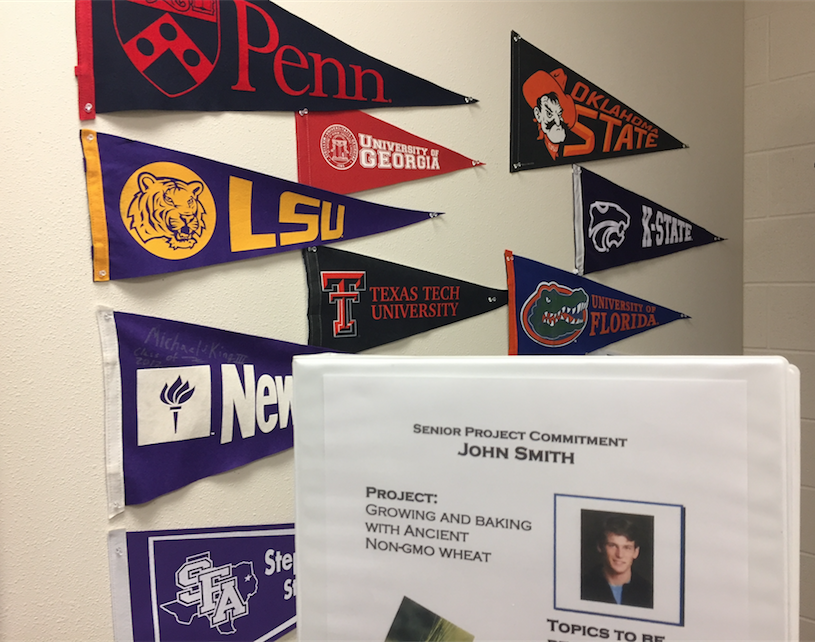Project designed to inspire passion
Juniors to begin preparing for senior year requirement
In order to graduate, all seniors must complete a multistep senior project to prepare students for a professional atmosphere while pursuing a topic of interest.
March 22, 2017
Passion, excitement, and intrigue aren’t typically words students associate with any sort of school assignment, but these words are the core purpose of senior projects. As the end of the year approaches, juniors will start the process of planning and executing their projects.
Tomorrow, March 23, juniors will be introduced to the process through their English classes. The hope of starting early is to allow students time to think about what they want to do, talk to people, and come up with their proposals.
“As far as the planning goes, you can start thinking about it as a freshman or sophomore about what you’d want to do. It just needs to be something you’re passionate about,” college and career counselor Addison Snyder said.
Multiple components go into a senior project, many of which directly relate to why the district feels senior projects will prepare students for future experiences.
“[The projects] are aimed to teach students how to evaluate a source, read a source, and think critically,” Snyder said. “The letter of intent and letter to the judges teach students how to write a professional business letter, and the presentation portion prepares students for job interviews and college presentations.”
Elyse Gaccione, a recent graduate, decided to coach a soccer team for a season at Blue Sky for her senior project last year.
“I have played soccer all of my life and thought coaching a team would be a new aspect to allow me to see the game in a different light,” Gaccione said.
Some examples from past students are training a guide dog, remodeling a house, participating in ridealongs, and sports-related activities like Gaccione.
“For the most part, it’s pretty limitless what the students are allowed to do,” Snyder said. “This is their opportunity to pursue something they’re passionate about that they haven’t had a chance to in the past.”
When executing the project, students are required to keep an hours log. A minimum of 15 hours of activity relating to their project along with meeting with their mentor four times is required.
“At least half of the students will finish their 15-hour minimum over the summer,” Snyder said, citing this as a reason why projects are introduced during junior year.
The last portion of the project is the presentation that students will give in the fall or spring of their senior year.
“I advise seniors to practice their presentation in front of others because it can be intimidating to present a big project like that in front of important people,” Gaccione said.
Specifically, judges are looking for professional attire, presentation skills, and overall mood created by the student presenting. Students should be thorough and not assume the judges know everything, said Kelli Billingsley, a past senior project judge.
For juniors, this April will be the first chance to get a head start on planning their senior project. Other than students who have obtained credits from the engineering development and design course or AP Seminar and AP Research, completing the senior project is required to graduate.
“Plan ahead and get your senior project done as soon as possible because you never know what difficulties might arise,” Gaccione said.
Underclassmen are encouraged to be excited about their future projects, planning in advance for what they may want to do.
“I’ve been planning since freshman year,” sophomore Katelyn Cardwell said. “When you can pick something you enjoy doing, you still want to do it even if it’s hard.”
Senior projects are not common in schools across the country, but Snyder said they allow students here to “step outside of a box [they] haven’t stepped out of before.”




